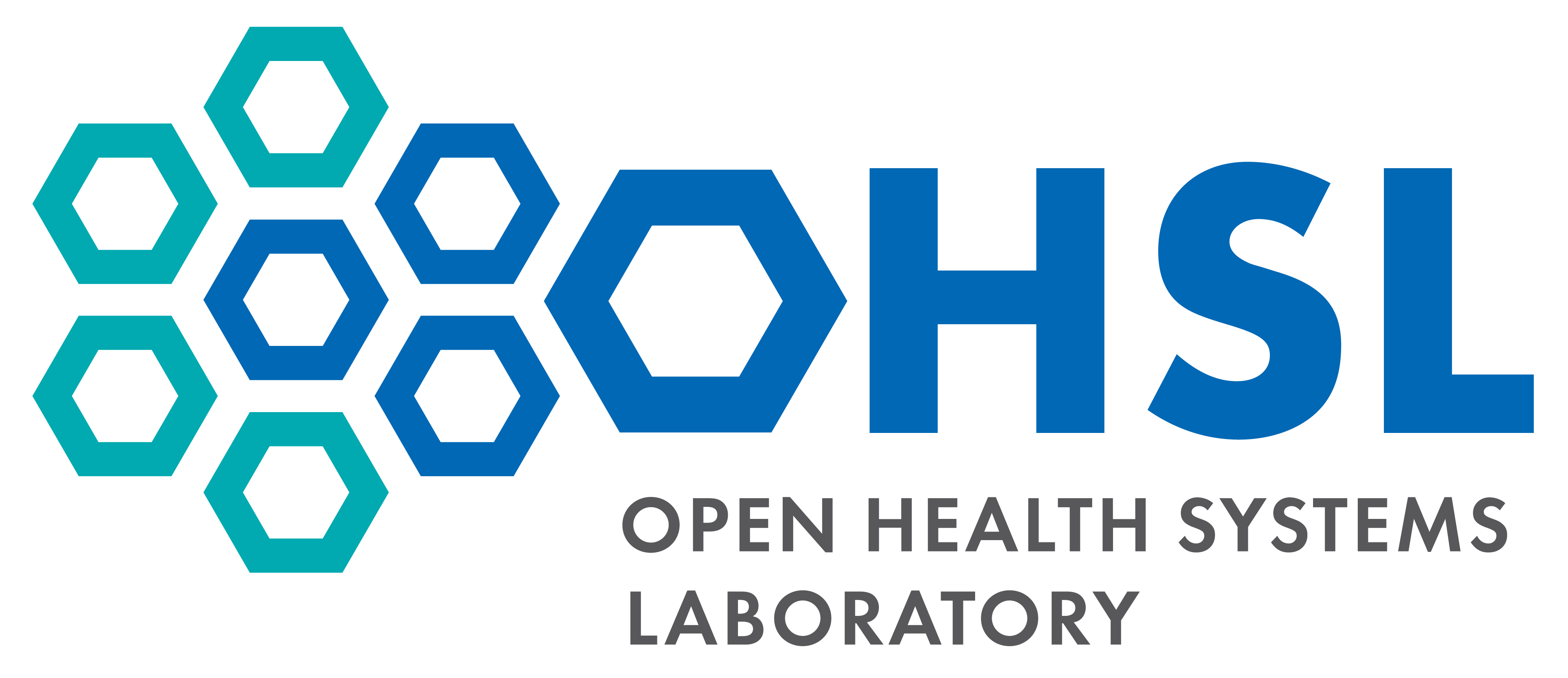Recently, the Government of India issued a Public Notice requesting suggestions for a system for electronic tracking of medicines in the private market. OHSL has been working on such a system that utilizes blockchain technology.
While blockchain is most notably used in the financial sector to keep track of cryptocurrency such as bitcoin, blockchain is increasingly being used in other sectors, particularly in monitoring the movements of various types of products through their supply chains. Blockchain has also been proposed by several organizations as a possible solution for keeping counterfeit medicines out of the pharmaceutical supply chain. Members of our consortium have an increasing competency in the use of blockchain and would be well-equipped to design and build a pharmaceutical supply system that utilizes blockchain technology to monitor the movement of pharmaceuticals through India’s supply chain, from manufacturer to patient.
Why Blockchain Technology?
Blockchain technology has several features that are well-suited to the requirements detailed in the Government’s Public Notice. A distributed ledger system that utilizes blockchain is both secure and transparent, allowing multiple stakeholders, whether public or private, manufacturer or pharmacist, to upload information in a secure environment, while allowing those authorized to access these data to see the information they need to ensure the integrity of the system.
Some attributes of blockchain include:
- Security – All transactions, i.e. movements of pharmaceutical product from one user to another, using blockchain are verified and “signed” by the users on either end (sender and receiver). Each hand-off is recorded on the ledger. This cryptographic guarantee allows for verification of the transaction with the user’s public key. Signing guarantees the authenticity, integrity and non-repudiation of that transaction.
- Confidentiality – Each entity within the blockchain network transacts with a generated address, which does not need to reveal to others the real identity of the user. This allows a certain amount of privacy on all transactions. Only authorized personnel would have access to the identity of the users.
- Confirmation – The transaction has to be confirmed and included as part of the distributed ledger. Once confirmed, the transaction cannot be changed and stays in the ledger forever. No entity can delete or rollback transactions once they are included as part of the distributed ledger. All changes or modifications to transactions are also included as part of the ledger.
- Authorized Visibility – Portions of the blockchain can be either public or private as per requirements. All authorized participants have visibility of the portion of the ledger with which they are authorized to add to and view transactions.
- Auditability and Transparency – All transactions on the blockchain are validated and timestamped after the transaction is verified and included in the distributed ledger. All information on transactions are permanent and immutable, i.e. cannot be deleted. This allows authorized users, including third-party auditors, to view transactions and to trace the flow of product through the supply chain.
- Distributed Ownership – As pharmaceutical products pass through many hands, from manufacturer all the way to retail pharmacist, a single, distributed ledger that is accessible to all is far preferable to a multiple, closed systems unique to each step in the supply chain which can suffer from incompatibility and gaps.
Use of Blockchain in India’s Pharmaceutical Supply Chain
In India, pharmaceutical manufacturers manufacture a variety of products according to specific guidelines as set out by the Drugs & Cosmetics Act and Rules. All manufacturers and products offered for sale in India and manufactured for export markets must be approved either by CDSCO or State Licensing Authorities.
These products are sold by manufacturers or importers to a number of different wholesalers and distributors who in turn sell the products to retail pharmacists and chemists around the nation. Finally, these pharmacists and chemists sell the product to individual patients, in accordance to prescriptions written by qualified medical practitioners.
As the product moves through the supply chain, the products are packaged in primary, secondary and tertiary packaging and labeled according to regulations as set out by the authorities.
By utilizing cloud-based, open source blockchain technology, India can leapfrog over proprietary legacy systems developed in the west. Much like India was able to take advantage of the latest in cellular phone technologies to modernize its telecommunications in a relatively short period of time, India can do the same with the pharmaceutical supply chain, in a relatively inexpensive manner which does not require substantial infrastructure or investment.
For more information on blockchain and OHSL’s work, please do not hesitate to contact us.
